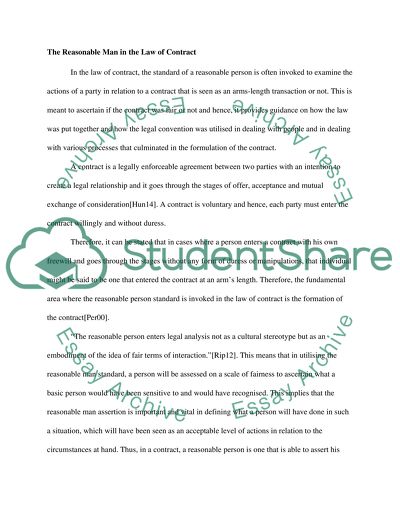Cite this document
(“Critically consider the position of the 'reasonable person' in both Coursework”, n.d.)
Critically consider the position of the 'reasonable person' in both Coursework. Retrieved from https://studentshare.org/law/1639813-critically-consider-the-position-of-the-reasonable-person-in-both-the-laws-of-contract-and-negligence-uses-cases-and-examples-from-both-areas-of-laws-to-illustrate-your-answer
Critically consider the position of the 'reasonable person' in both Coursework. Retrieved from https://studentshare.org/law/1639813-critically-consider-the-position-of-the-reasonable-person-in-both-the-laws-of-contract-and-negligence-uses-cases-and-examples-from-both-areas-of-laws-to-illustrate-your-answer
(Critically Consider the Position of the 'reasonable person' In Both Coursework)
Critically Consider the Position of the 'reasonable person' In Both Coursework. https://studentshare.org/law/1639813-critically-consider-the-position-of-the-reasonable-person-in-both-the-laws-of-contract-and-negligence-uses-cases-and-examples-from-both-areas-of-laws-to-illustrate-your-answer.
Critically Consider the Position of the 'reasonable person' In Both Coursework. https://studentshare.org/law/1639813-critically-consider-the-position-of-the-reasonable-person-in-both-the-laws-of-contract-and-negligence-uses-cases-and-examples-from-both-areas-of-laws-to-illustrate-your-answer.
“Critically Consider the Position of the 'reasonable person' In Both Coursework”, n.d. https://studentshare.org/law/1639813-critically-consider-the-position-of-the-reasonable-person-in-both-the-laws-of-contract-and-negligence-uses-cases-and-examples-from-both-areas-of-laws-to-illustrate-your-answer.


